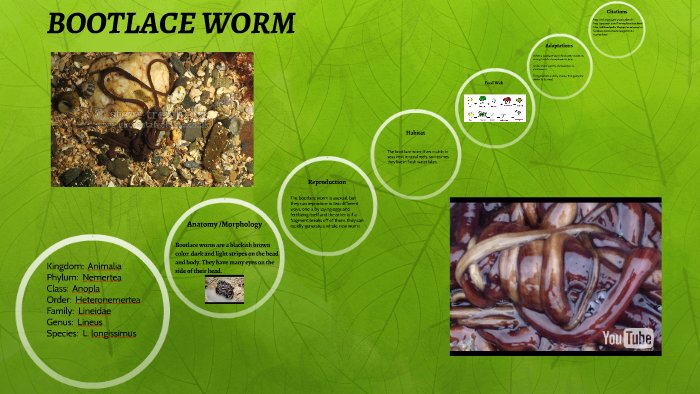
So, here’s the thing: the bootlace worm has unique feeding habits and energy needs that truly set it apart. Unlike many of its terrestrial cousins, these marine worms have adapted to a life in the ocean, and their feeding frequency and energy requirements reflect that. In this article, we’ll dive into all the juicy details about bootlace worm feeding frequency and energy needs, illustrating how these creatures thrive in their underwater world.
What Do Bootlace Worms Eat?
To understand how often bootlace worms eat, we first need to know what’s on their menu. Bootlace worms are primarily carnivorous. They feast on small marine creatures like fish larvae, plankton, and other tiny organisms that float around in the ocean. You might think of them as the ocean’s vacuum cleaners, helping keep the ecosystem balanced.
These worms have a fascinating feeding mechanism. They extend a portion of their body that contains special cells designed to capture prey. When a small fish or a bundle of plankton drifts by, the bootlace worm can snag it with surprising speed. This means their diet is primarily based on what’s available in their habitat. So, if the food supply dwindles, they may have to adjust how often they eat.
Feeding Strategies
You might be wondering, how do bootlace worms locate their food in such a vast ocean? Well, they use a combination of environmental cues. They can sense vibrations in the water, which helps them detect nearby prey. They also rely on their keen sense of chemicals released by other marine organisms, guiding them to their next meal.
Another interesting aspect of their feeding strategy is that they can absorb nutrients directly through their skin. This means that even when they aren’t actively consuming prey, they can still gather energy from the surrounding water. It’s like having a snack while you’re lounging on the couch!
Feeding Frequency of Bootlace Worms
Now that we know what bootlace worms eat, let’s discuss how often they feast. Generally, these worms aren’t on a strict feeding schedule. Their frequency of eating can vary based on several factors, including food availability, environmental conditions, and the energy needs of their bodies.
In rich environments, bootlace worms might feed multiple times a day. However, during leaner times, they can stretch out their meals. They are equipped for survival, which means they don’t need to munch every hour like some other creatures might. This flexibility is crucial for evolving in the ever-changing marine ecosystem.
Energy Needs of Bootlace Worms
Just like us, bootlace worms require energy to carry out their daily activities. Their energy needs are influenced by factors like their size and activity level. Larger bootlace worms require more energy than their smaller relatives. Additionally, when bootlace worms are more active (like during mating season), their energy needs increase.
Interestingly, the temperature of the water also plays a role in their energy requirements. In warmer waters, worms may have higher metabolic rates, meaning they burn through energy more quickly. It’s like running a marathon versus taking a leisurely stroll; the temperature can change the energy game altogether!
How Do Bootlace Worms Store Energy?
Bootlace worms have developed some clever ways to store energy. One method involves accumulating fat reserves. This is important for those times when food is scarce. Imagine stocking up your pantry before a big storm; that’s essentially what these worms do!
Additionally, they don’t have a fixed energy storage system, as seen in some other animals. Instead, they utilize what they consume consistently, making adjustments depending on their immediate needs. It’s like being on a fluctuating diet; they adapt based on what’s available.
Adaptations for Energy Efficiency
In the quest for energy, bootlace worms also have some fascinating adaptations. Their long, slender bodies allow them to glide through water easily. This efficiency means they require less energy to move, helping them conserve their energy for essential activities like feeding and reproduction.
Moreover, their ability to absorb nutrients through their skin also plays a significant role in energy conservation. By utilizing the surrounding environment, bootlace worms can stay nourished without needing to hunt constantly. This ecological strategy helps them thrive in various marine settings.
In summary, bootlace worms demonstrate an incredible balance when it comes to feeding frequency and energy needs. Their unique adaptations allow them to thrive in the ever-changing ocean environment. By understanding how they eat, how often they feed, and how they manage their energy, we can appreciate the complexity of these intriguing creatures.
So next time you hear about the bootlace worm and its impressive length, remember that it’s not just their size that sets them apart. Their feeding habits and energy management are equally fascinating, showcasing nature’s incredible ability to adapt and survive. Just like us humans looking for a good meal or conserving energy, bootlace worms are masters of their underwater world!
